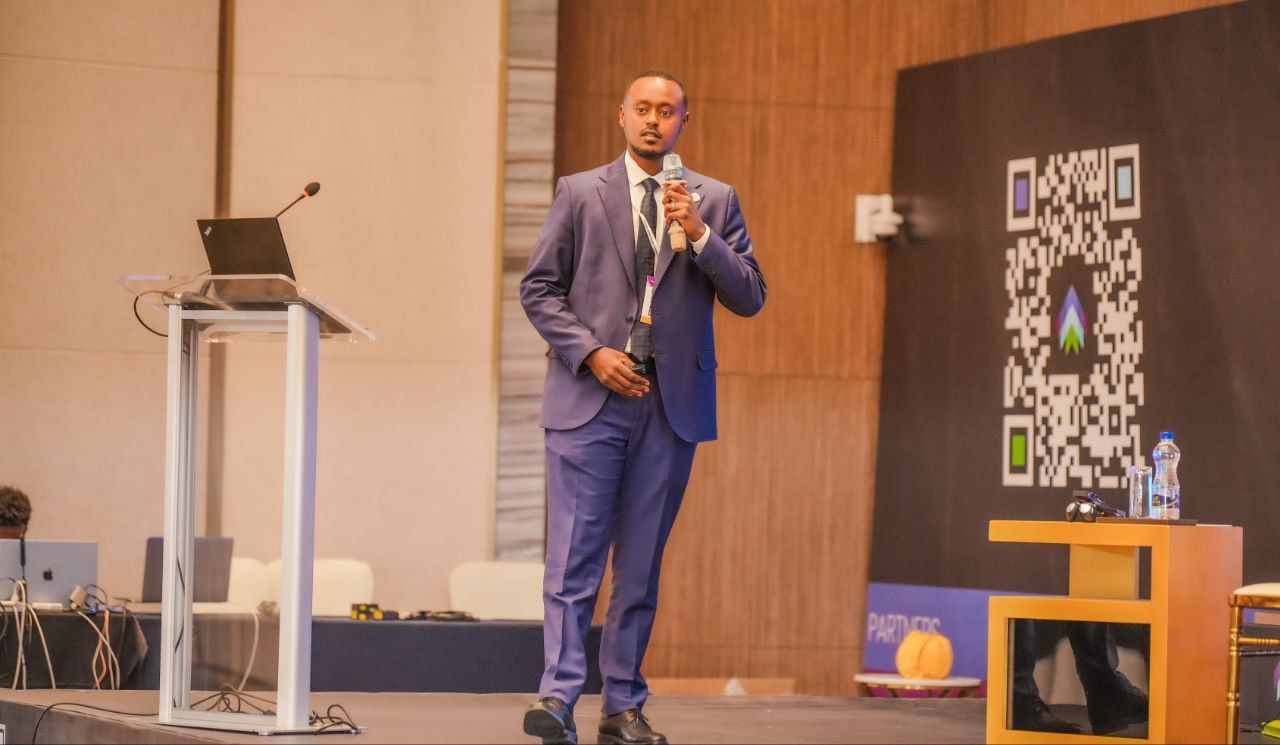Progress for 0 ad
Progress for 1 ad
Progress for 2 ad
Progress for 3 ad


Etenat Awol
Addis Ababa, Ethiopia

As part of the nation’s effort to establish a unified and efficient national payment infrastructure, the National Bank of Ethiopia finally launched the long-awaited interoperable QR payment standard on April 5, 2024, at the first Ethiopian Digital Payments Conference.
This development means customers can now seamlessly scan and pay at any shop, regardless of their bank or mobile wallet provider. Previously QR Code transactions were confined to specific bank accounts or wallets, resulting in a fragmented system and hindering wider adoption.
Developed by the national switch operator EthSwitch and owned by the National Bank of Ethiopia, the national QR standard leverages a standardized format, enabling QR codes to function seamlessly with any participating payment app.
“To achieve true financial inclusion, individuals, regardless of their financial background or preferred mobile payment app, should be empowered to make payments using any QR code,” Abenezer W. Lakew, CPO at EthSwitch told Shega.
Within the mobile payment landscape, interoperable QR codes represent a significant advancement. Unlike traditional QR codes, which are often restricted to a single payment application or financial institution, interoperable codes offer a more versatile solution.
“We can recall the inefficiencies of the past when numerous point-of-sale (POS) terminals were required for different cards,” added Abenezer.
In 2020, Ethiopia’s national switch operator, EthSwitch, enabled POS terminal interoperability. Today, users can pay at any POS terminal, regardless of which bank issued their card. In the last fiscal year, EthSwitch recorded a total of 970,434 interoperable POS transactions, totaling 2.6 billion birr, representing a 169% increase from the previous year.
The interoperable QR code promises similar advancements in efficiency and accessibility for mobile payments. Businesses, on the other hand, can benefit from a broader customer base and potentially faster transaction processing times, according to Abenezer.

The development of this standardized QR code system for mobile payments in Ethiopia was a collaborative effort between multiple stakeholders spanning nearly two years. Various financial institutions actively participated in the process defining data formats, encryption standards, and security protocols.
“Since the interoperable QR code relied on the instant payment switch, all financial sectors needed to integrate with the national Switch to utilize the standardized QR code. This integration was a crucial step in the overall process,” Abenezer told Shega.
Inspiration was drawn from established shared QR code models from countries like Brazil, India, Pakistan, and Kenya while adapting the solution to Ethiopia’s unique financial landscape.
Authorities project a significant increase in digital payments, estimating a threefold growth within a year compared to previous QR code transactions.
Abenezer states the QR code system is built upon the EMVCo standard, which ensures international compatibility and advanced security protocols. The system also caters to both static and dynamic QR codes, allowing them to function effectively in various payment scenarios.
Thirty leading financial institutions, including the Commercial Bank of Ethiopia, Bank of Abyssinia, and Dashen Bank, have already begun utilizing the system. Other institutions are expected to follow suit shortly.
Currently, banks are in the process of migrating their existing, individual QR codes to the new interoperable standard. This involves technical integration and conversion of previously distributed codes.